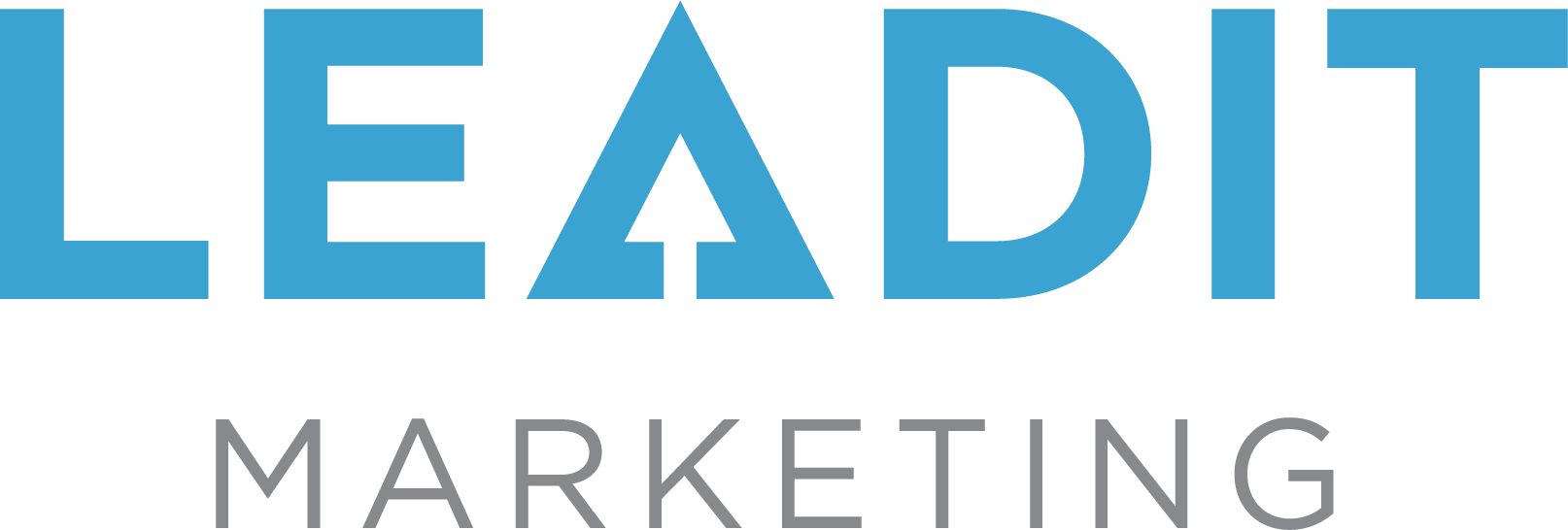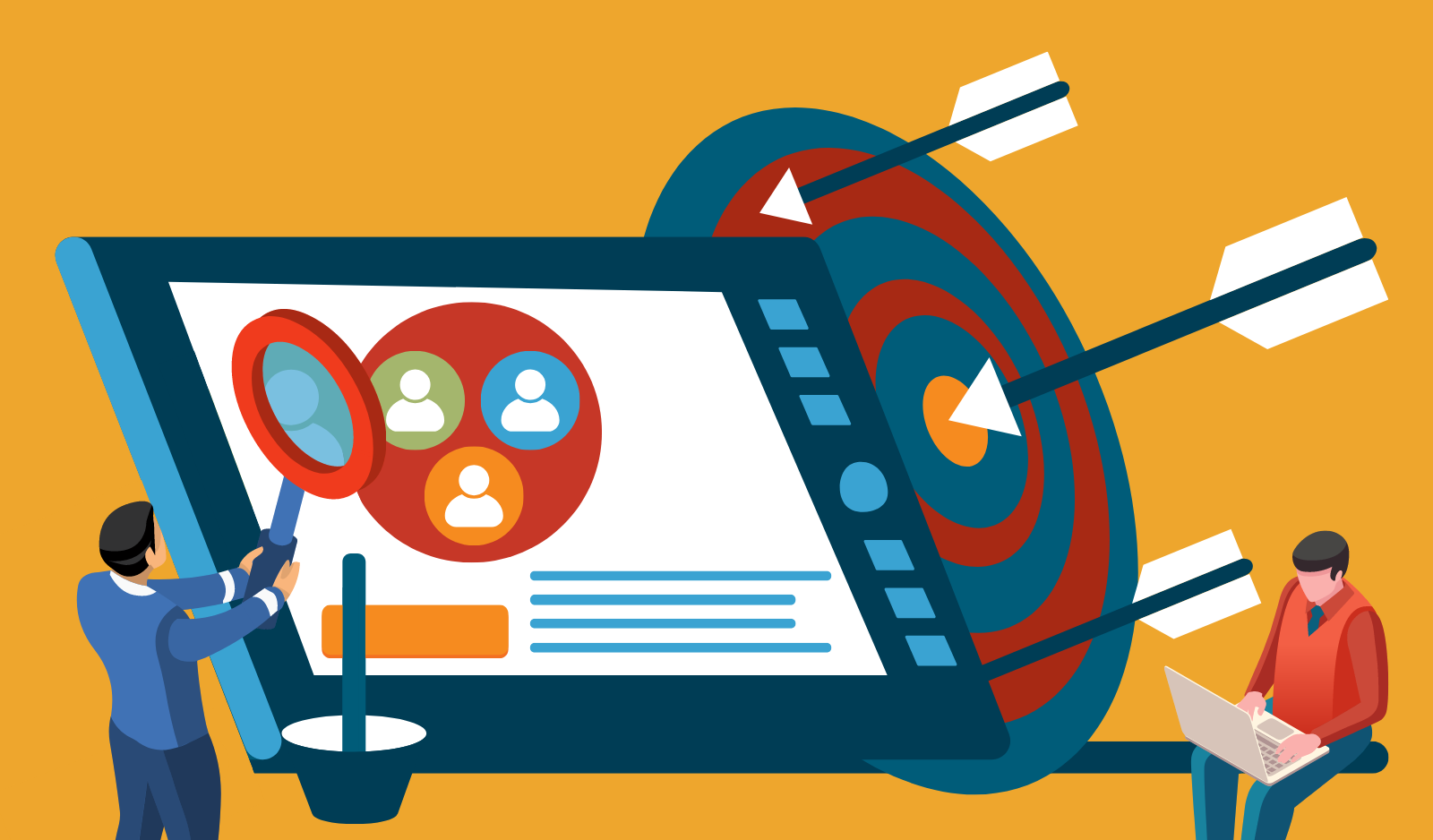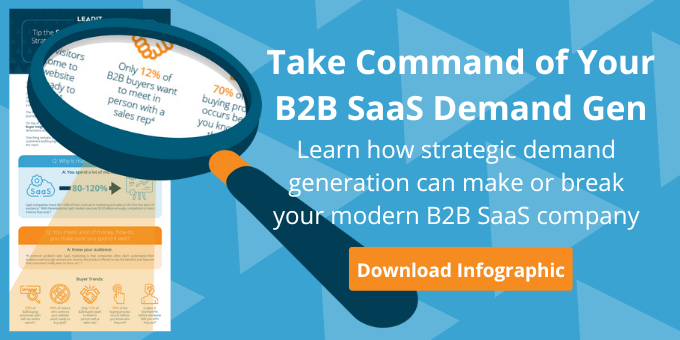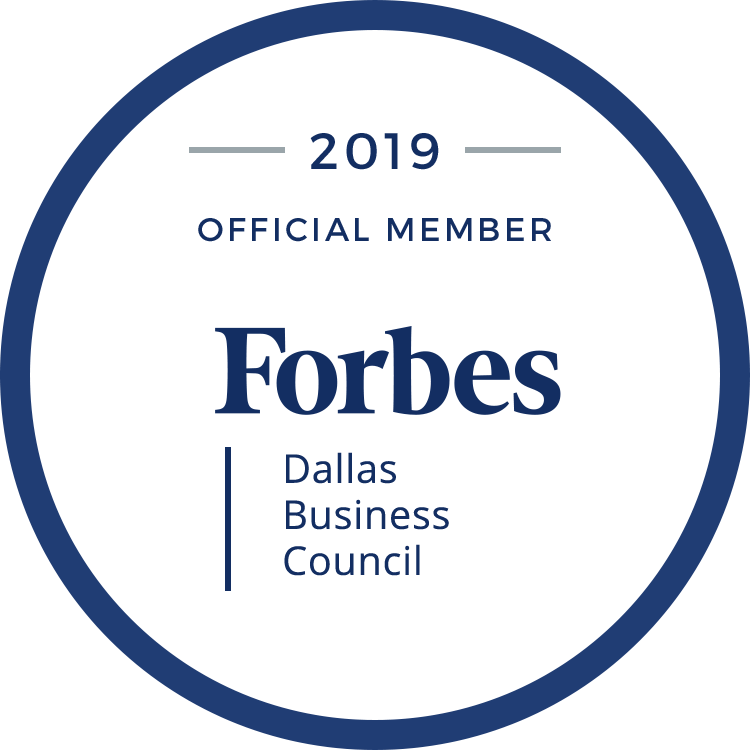Don’t Bury Your SaaS Leads with a Poor Segmentation Strategy
Oftentimes as people begin to promote their B2B SaaS company in an attempt to generate leads and acquire customers, they will make assumptions about the buyer journey. They usually look at that experience as linear and consistent across all prospects, but that couldn’t be further from the truth.
Just like any group of people, buyers all look different from one another. They consume information differently. They have differing needs. They take varying degrees of time to actually move through a buying cycle. So why are B2B SaaS marketers treating them all the same by creating one buyer persona that they take through one “linear” buying cycle?
A Best in Class Lead Segmentation Strategy Adapts to Prospect Needs
Treating every person you meet exactly the same, assuming everyone has the same needs, desires and intentions is just as much of a mistake in building relationships as it is for a demand generation strategy. The answer to building connections with leads and converting them into paying customers is a lead segmentation strategy.
A lead segmentation strategy breaks leads out into specific personas based on their needs and behavior. This allows SaaS companies to:
- Target specific segments with the information they are most likely to consume
- Tailor messaging to their individual needs and pain points
- Present leads with the products or services they’re most likely to be interested in
- Capture their interest because their needs are dialed in
How to Identify Lead Segments for B2B SaaS Demand Generation
It’s likely you have already made assumptions about who your ideal audience is and how to reach them. A good place to start in identifying lead segments for your B2B SaaS company is to identify those segments you already know exist.
Lead Segmentation By Demographic Information
Many marketers make the mistake of either being too broad or too specific with their lead segmentation based on demographics. You may assume that your audience is made up of a very specific type of customer. For example, you may think that only women ages 30 to 50 will be interested in your SaaS offering because of the interest you’ve seen in the past. But the truth is, you should instead be looking at these audiences by the needs and problems they have.
If you build out your content to speak to specific challenges and the solutions you offer for those challenges, you will connect with the audience that has that need regardless of specific demographic details. You can even begin to segment your audience based on the needs alone. Once you collect data on the content that your audience resonates with, you can better understand those demographics that are tied back to your audience but you don’t want to exclude specific audiences based on that data alone. Doing so may mean missing out on an audience that has the problem you solve for but who doesn’t fall into your “typical” audience type.
Lead Segmentation By Behavior
Just as you want the problems you speak to in your marketing to resonate with your audience so that you can better understand who they are, you want to let their behavior also speak for what they want. This allows you to segment your audience by behavior and drive marketing to them that you expect them to resonate with based on those actions.
For example, you may have a group of people who download a whitepaper or attend a webinar on a specific topic related to your SaaS offering. That behavior alone could tell you a lot about who they are and what they’re interested in. If a webinar was focused on a new offering that solves a very specific pain point that was highlighted in the marketing of that webinar, it’s safe to say that the audience that attends it will be looking for solutions for that problem. Moving forward, you can leverage problem-focused content to better connect with that particular audience.
When It Comes To Segmentation Strategy, Not All Leads Are Created Equal
Making assumptions about your audience and leads is almost always a mistake. It’s important to develop marketing strategies that offer the opportunity for later lead segmentation. Continually bomboarding your audience with content that isn’t relevant to them will usually result in losing them and turning them off to your SaaS company. Think about your own experiences likely disregarding marketing that isn’t at all relevant to you and your needs.
If you want a big marketing return, stop casting a wide marketing net
Let the Leadit team of B2B SaaS demand generation experts help you to develop a lead segmentation strategy and a content strategy designed to drive qualified buyers to your B2B SaaS company.
Book a 30-minute consultation to learn more.













